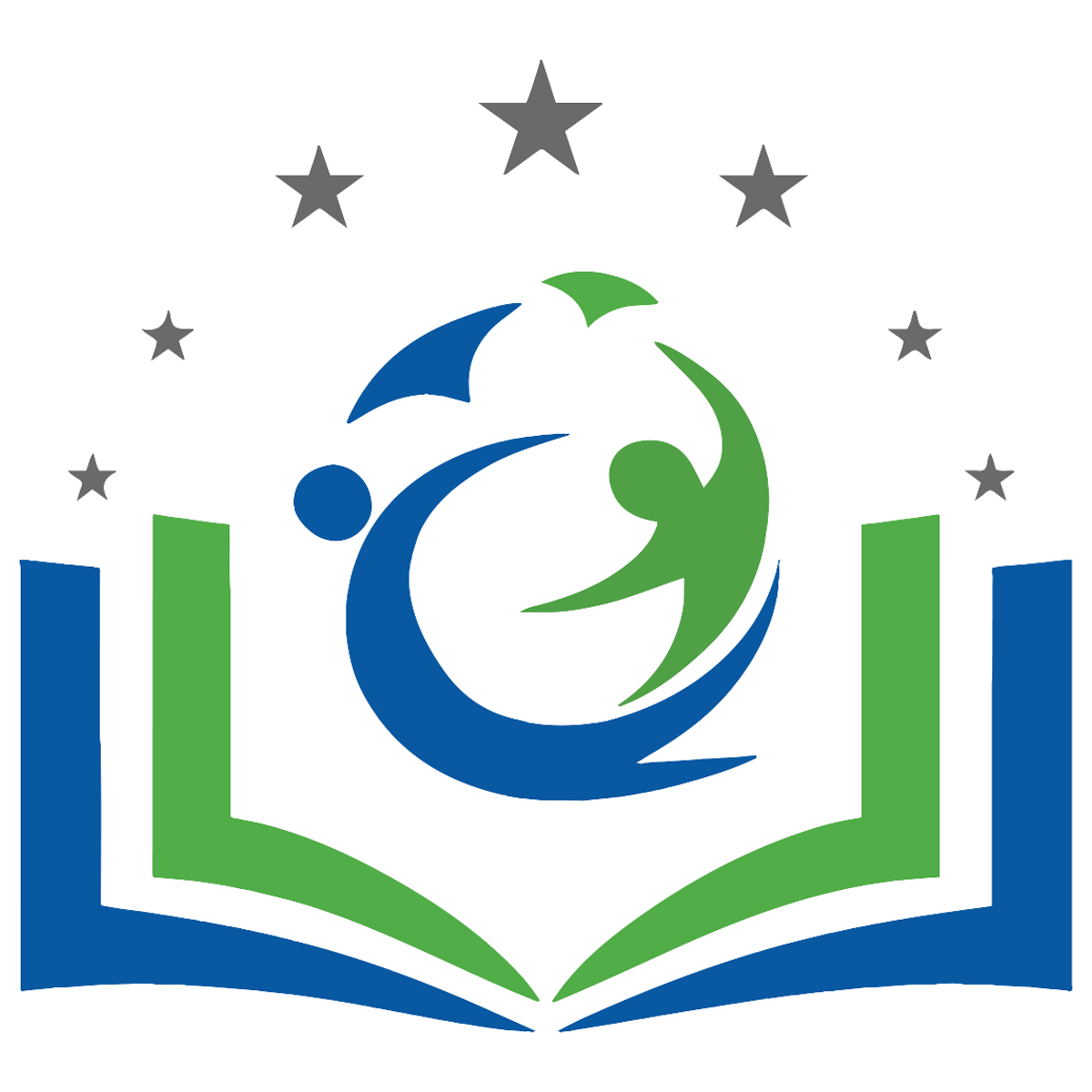Take a minute to close your eyes and visualize your old kindergarten classroom. Is there a colorful rug? Blocks? Puzzles? A kitchen set that you used to play restaurant with your classmates?
Now, picture a kindergarten classroom today. Does it look the same?
“Our children are not getting the same play experience they had 15 or 20 years ago,” Tammy Alessandro, an assistant principal at Goose Creek Elementary, said. “Now, you walk in and they’re always at a table.”
Goose Creek Elementary is on a mission to bring play back to the classroom. For kids to be able to act like kids and learn in the way only they know how to through purposeful play.
Alessandro says purposeful play is a structured playtime with a mini-lesson built in to foster students' soft skills, like negotiating with their peers or imaginative problem solving, followed by reflection time with their teacher. Teachers get to decide what play centers they have in their classroom and how structured or unstructured playtime will be, but in every scenario they will be interacting and observing students while they play.
“I don’t just want it to be something like, ‘Oh, this is an easy chunk of my day. Let’s go play!’ There’s a purpose behind it and we’re very intentional,” Alessandro said. “We’re getting to know our students more and basing our mini-lessons on the needs of that particular classroom, which may be different in each classroom.”
When Alessandro attended a talk at the South Carolina Association of Title 1 Administrators conference, she was introduced to purposeful play and how it could resolve behavior issues in the classroom. With many recent incoming kindergarten students isolated at some point of their childhood due to the pandemic, many students are arriving at school unable to work well with others.
“We have to teach them. It’s a skill,” Alessandro said. “Just like you learn how to read, you learn how to write, you learn how to work with others.”
Alessandro introduced the idea of purposeful play to her kindergarten teachers soon after the conference and they embraced it with open arms. GCE teachers saw both its benefits in resolving behavior issues that disrupt the classroom and how skills learned in playtime could help strengthen students’ abilities in other content areas.
“For example, when children play house together, they’re taking on the role of someone else and they’re seeing things through other people’s eyes and are in other people’s shoes,” Alessandro said. “Well, when you’re a reader, you have to be able to read through the perspective of the different characters. Or, when you’re a writer, you have to be able to write with a different point of view.”
Alessandro said purposeful play also gives GCE’s multilingual learner students a chance to practice language with their peers in a more relaxed environment and without the fear of saying the wrong thing.
To implement purposeful play successfully, all GCE kindergarten teachers, school administrators, guidance counselors and the curriculum coach, conducted a book study on “All I Really Need to Know I Learned in Kindergarten.” The teachers and Alessandro also discussed purposeful play strategies during team meetings throughout the first semester of the school year.
Starting this semester, GCE’s kindergarten classes started putting purposeful play on their daily schedules.
“Truly, play is children’s work. It’s what they do and how they learn, and we want to make sure they have those opportunities to apply what they’re learning.”



